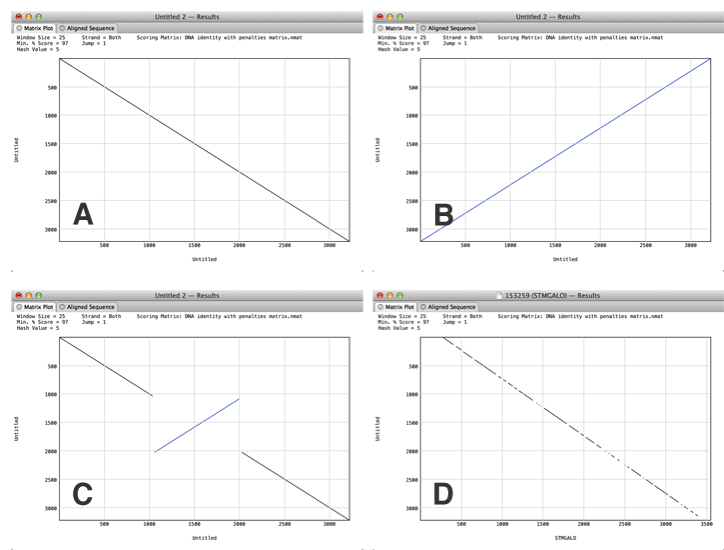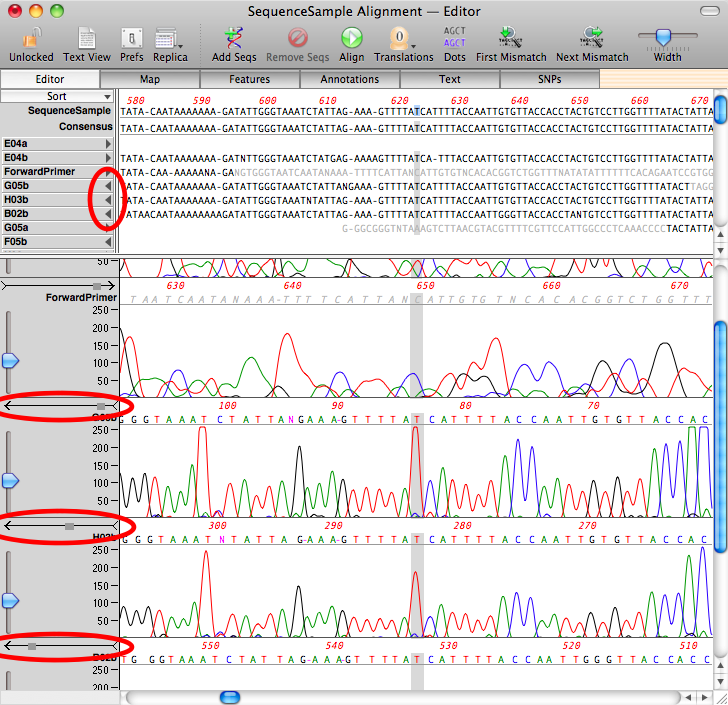
The conference focuses: a) on questions about the nature of the forbidden and about the aesthetics of liminality - as expressed in art that uses or is inspired by technology and science, b) in the opening of spaces for creative transformation in the merging of science and art. TABOO - TRANSGRESSION - TRANSCENDENCE in Art & Science The Department of Audio and Visual Arts of the Ionian University organizes for the second year in a row the interdisciplinary conference “Taboo - Transgression - Transcendence in Art & Science”, including theoretical and artwork presentations. At the same time, a prototype font was created, a writing that takes advantage of the possibilities of three-dimensional planning and which I name space-writing. Α book that will not address to one reader but to a “viewer-user”. A book that is no longer a printed text or digital print-like, but a multimedia three-dimensional object, enriched with the meaning of time and interaction. At the second part, my personal experiment is analyzed and a new form of artistic interactive book is suggested in the end. My intention was to prove that virtual space is the new substrate that will reinforce and will liberate the book’s structure, which has already acquired new extensions like the e-book. I search how the artist himself deals with the art of Book, through different periods, with characteristic examples. The research is specifically about the relation between book and art, writing as a visual means of expression. The present work constitutes the sequel of a ten year research and experimentation in typography and the relationship with other media. This game uses visual aesthetics, often abstract and painterly, it extends game design into something that could easily be situated in an art space and begs the question 'why aren't creative games shown in white cube galleries?' Keywords: Duchamp, exploration, new media, virtual environment, computer games, art, relaxation, seduction.
Macvector align two sequences free#
The second half refers to the creation of Star World, a stress free game environment for players who want to relax in their leisure time. It was never considered as a 'game' but as a further exposition of the ideas of Marcel Duchamp in alignment with post-Conceptual art and new media. The first half of the paper concerns the StarGlass art work and shows how user engagement was encouraged through means other than the usual gaming factors.

Both allow the player to take their time and explore the given environment as part of the game play. Design ideas within the Star World are reflected in the StarGlass, both pieces have an aesthetic and game strategy outside the usual gaming industry conventions.

Abstract This paper presents two research sides of the same result, a game-like art work / an art-like game.


 0 kommentar(er)
0 kommentar(er)
